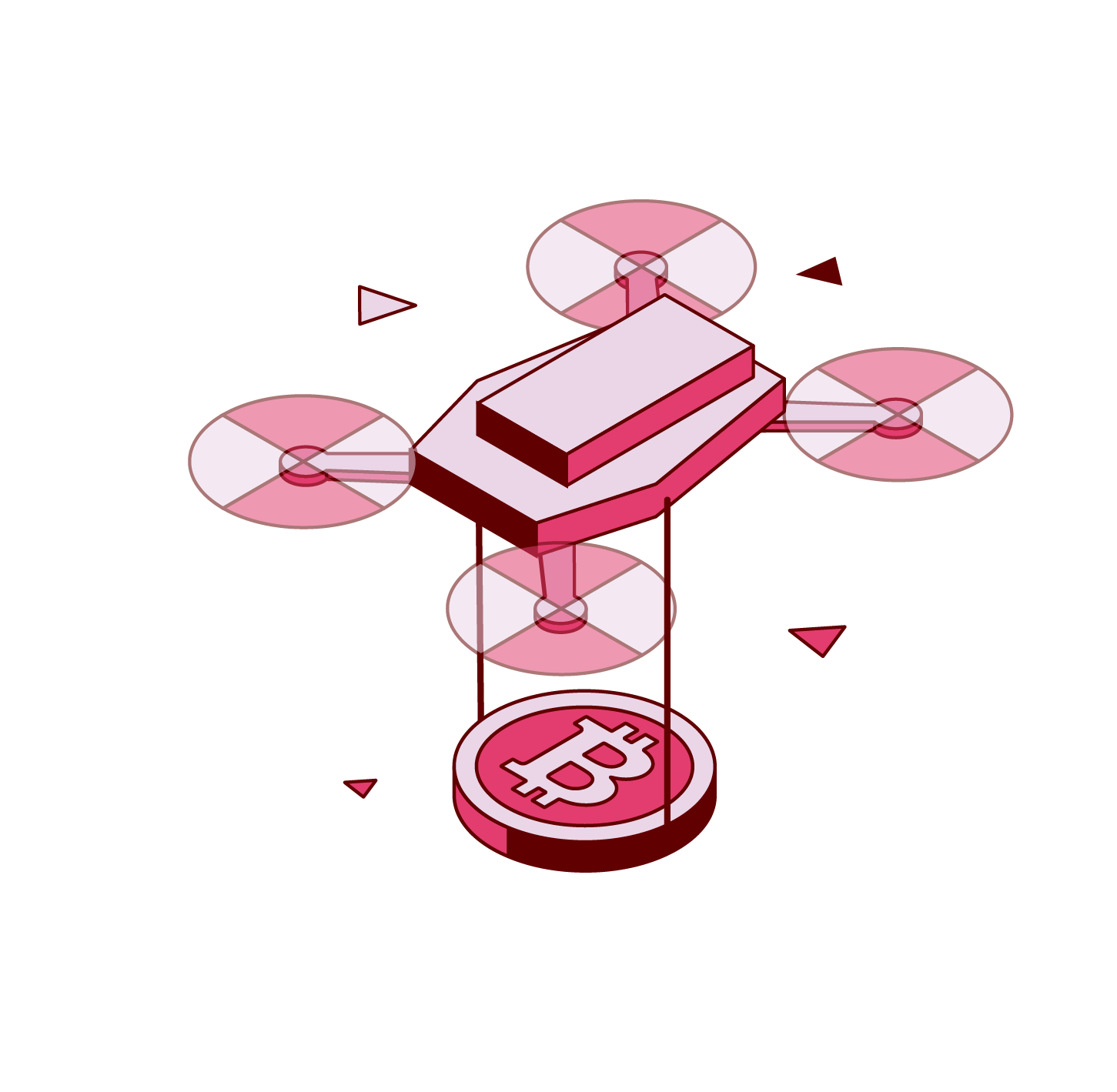Liquidation is a term used to describe the action of being forced to sell a position, in order to pay back a loan, or otherwise ensure that the lender can seize collateral that is as valuable as the loan. In leverage trading, liquidation occurs when a losing position threatens the ability of a borrower to repay a loan. In DeFi, liquidation is initiated by a smart contract when the loan principal is at risk. In DeFi, there are no credit checks, or recourse when making loans. This necessitates that lending follows a rules-based framework, enforced by smart contracts.
For example, Lending protocols might allow an LTV of 65% for certain coins. If and when the leverage trading position loses upwards of 35% of value, then the collateral becomes exposed to seizure. Before this might occur, a smart-contract-enforced liquidation of the leverage trading position would enable the borrower to pay back the loan and not have the collateral seized.









